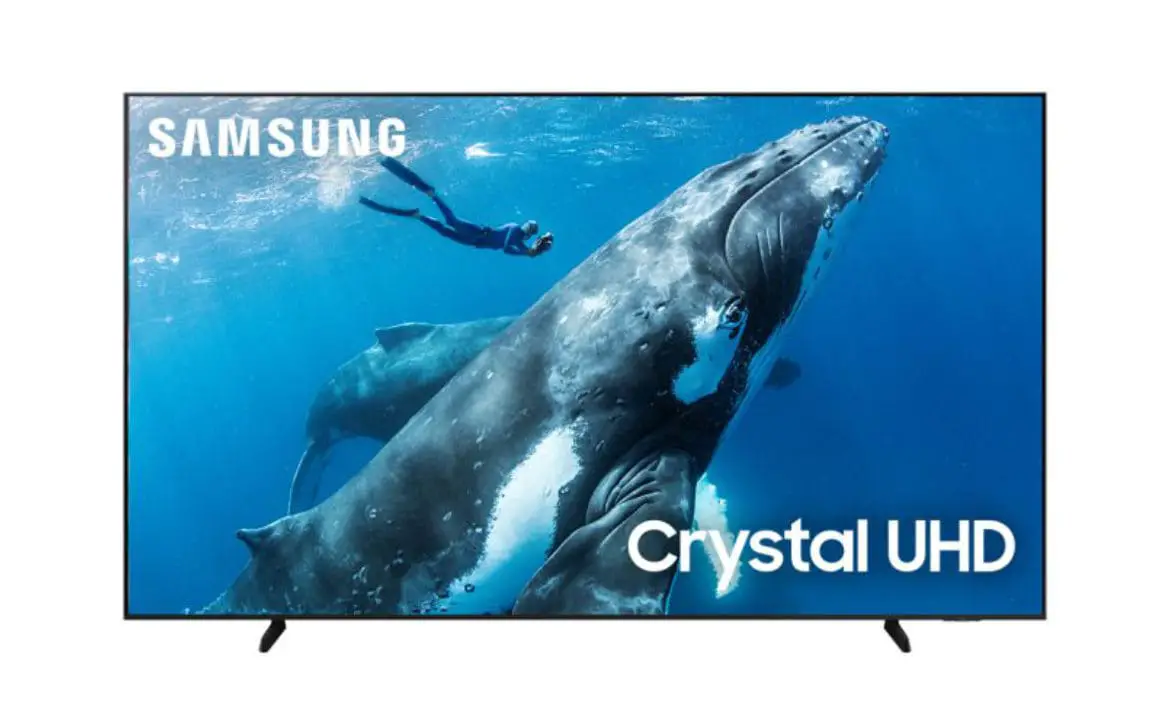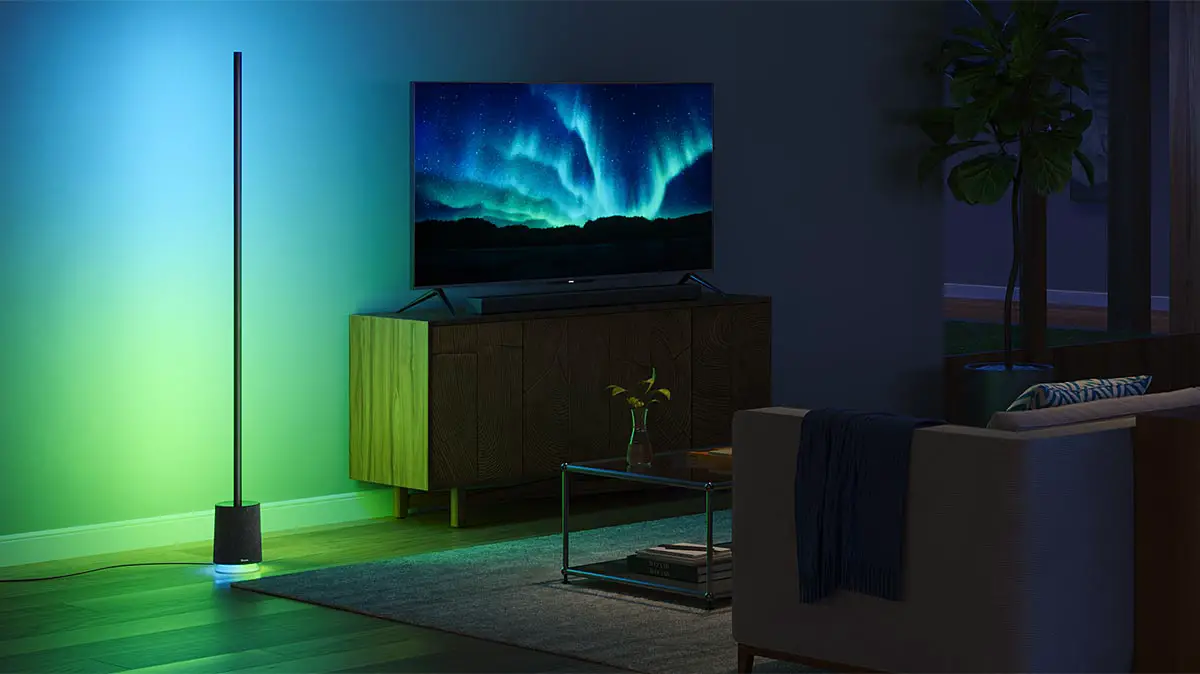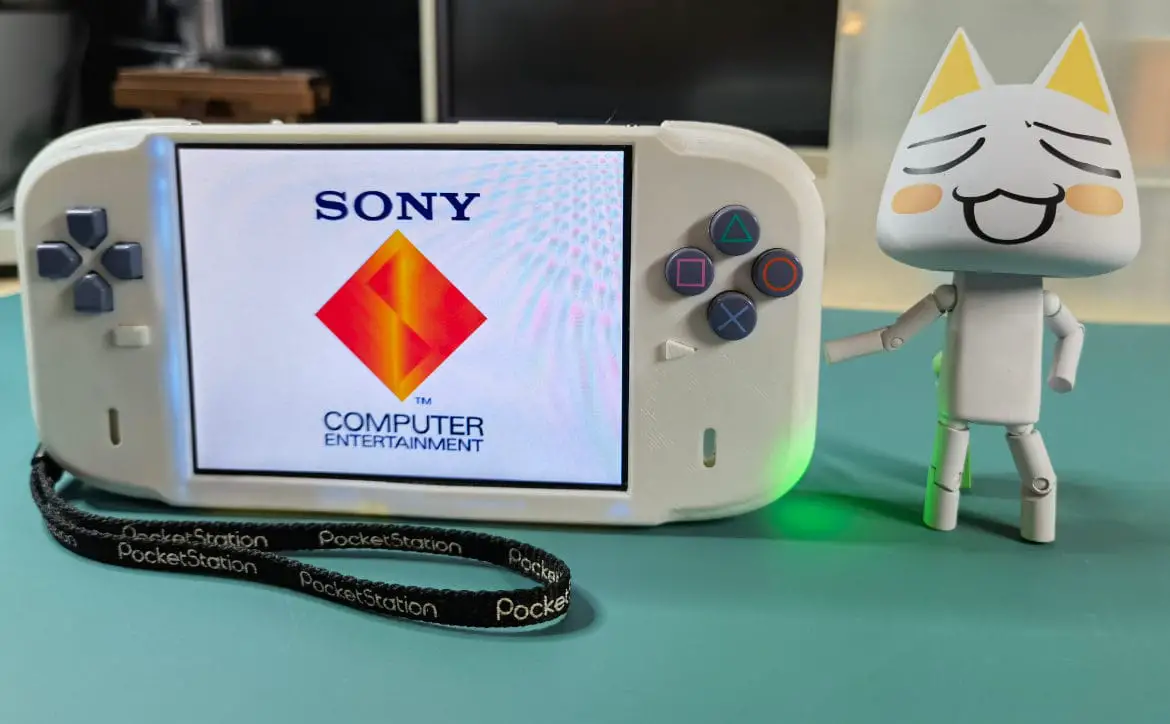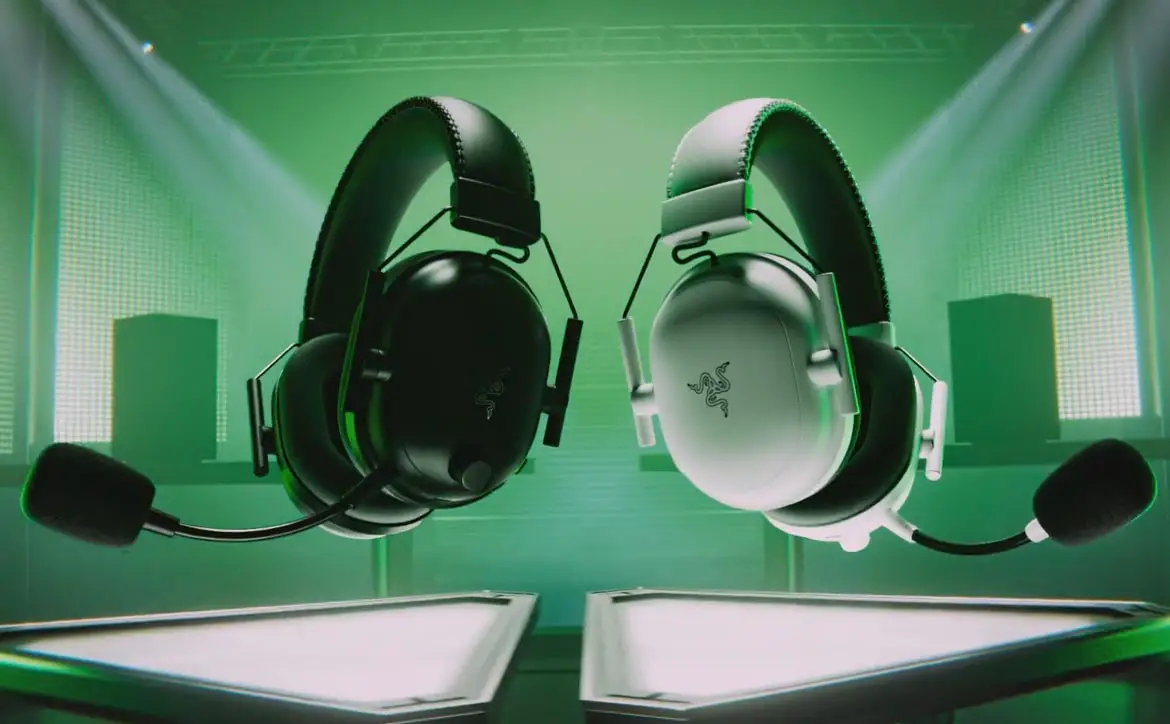I’m going to go out on a limb here and say something controversial. I was disappointed when the “public outcry” ahead of the current generation launch nixed plans to deal with the second-hand game industry.
There. I said it.
Let’s be clear here: games are a business. The publishers and developers not only want to make money, but they need to make money. Big game development these days is stunningly expensive. I’d pretend to know what I’m talking about and give you numbers, but I suspect I’d underestimate the real ones by some margin.
The reason that developers and manufacturers don’t like the trade-in business is because they don’t see any of that secondary cash flow. Let’s simplify here and suggest that of every game bought new, half of them are traded in for cash. If each of those trade-ins is resold just twice, then twice as many people have played the game – legally – than have paid for it. It’s no real surprise that developers would like to change that.
But I can’t fault anyone for using the market. I am a media hoarder and I would love to keep every game I’ve ever played, but new games are the better part of £60 and I am not a rich man. Every gamer I know is forced to use the trade-in market simply because we can’t afford to play games any other way. If developers were able to capitalise on that secondary market, or eliminate it entirely, I would like to hazard that new games would be a damn sight more affordable.
I’ve heard a few ideas about how the market could work better for everyone, if “public opinion” would stop shooting itself in the foot. Here are a few of them.
This one was suggested to me by a friend who is the manager at a local GAME store. If games companies received a couple of quid of each second-hand sale – profit that would come with very little overhead – then a huge lump of that market would go to the developers or distributers without significantly affecting the experience for end users.
My own favourite is a simple one. Let the industry kill the market, but charge half as much for new games. If the brand new media were the same price as current used titles, is it such a stretch to believe that they might sell twice as many copies? Then we’d all get to maintain our library too. Seriously, I would love to keep a room full of every game I’ve played, loved or otherwise.
The third possibility is not so much a solution to the trade-in market, but just a superb idea for pricing in general. In a world where many games – and great swathes of the demographic – are strictly delineated into online multiplayer match play games, or singleplayer, story-driven fare, why not make each available separately? Spend £25 for the multiplayer, £25 for the campaign, or £45 for both (to pick numbers out of my arse). Sure, if you want the whole gig, you pay about the same, but if your interest extends to only half the game, pay half as much!
I’ve rambled a bit. I suspect I’ve wandered from my subject, but here’s the thing: the way the market works at the moment is bad – it’s bad for gamers and for developers. There are alternatives, but we, as consumers, have to let the developers make the change.
What do you think? Are you happy with things the way they are? Have you got the perfect solution to keep everyone happy? Let us know in the comments below or on Facebook, Google+, Twitter, or Tumblr!
Last Updated on November 27, 2018.









